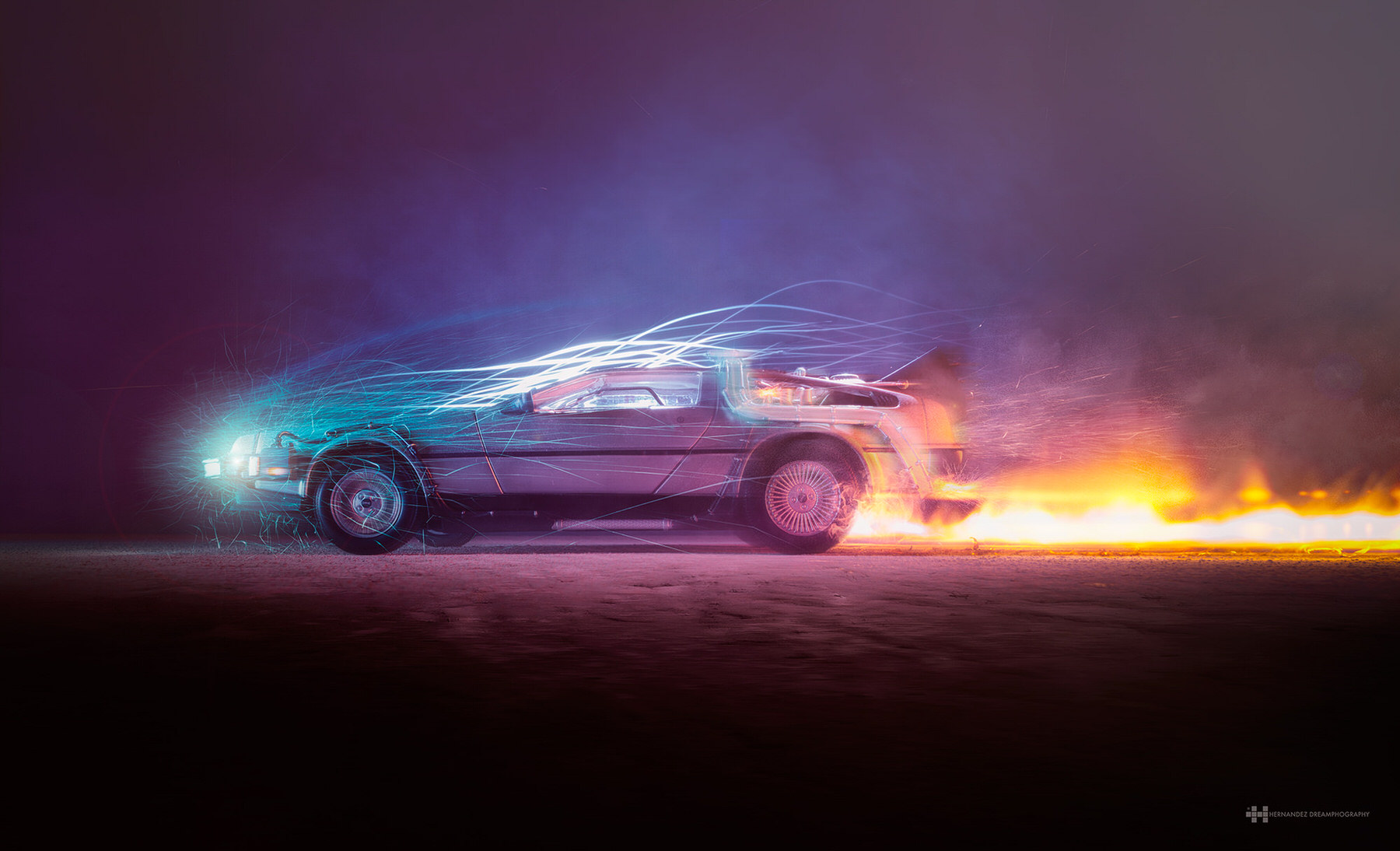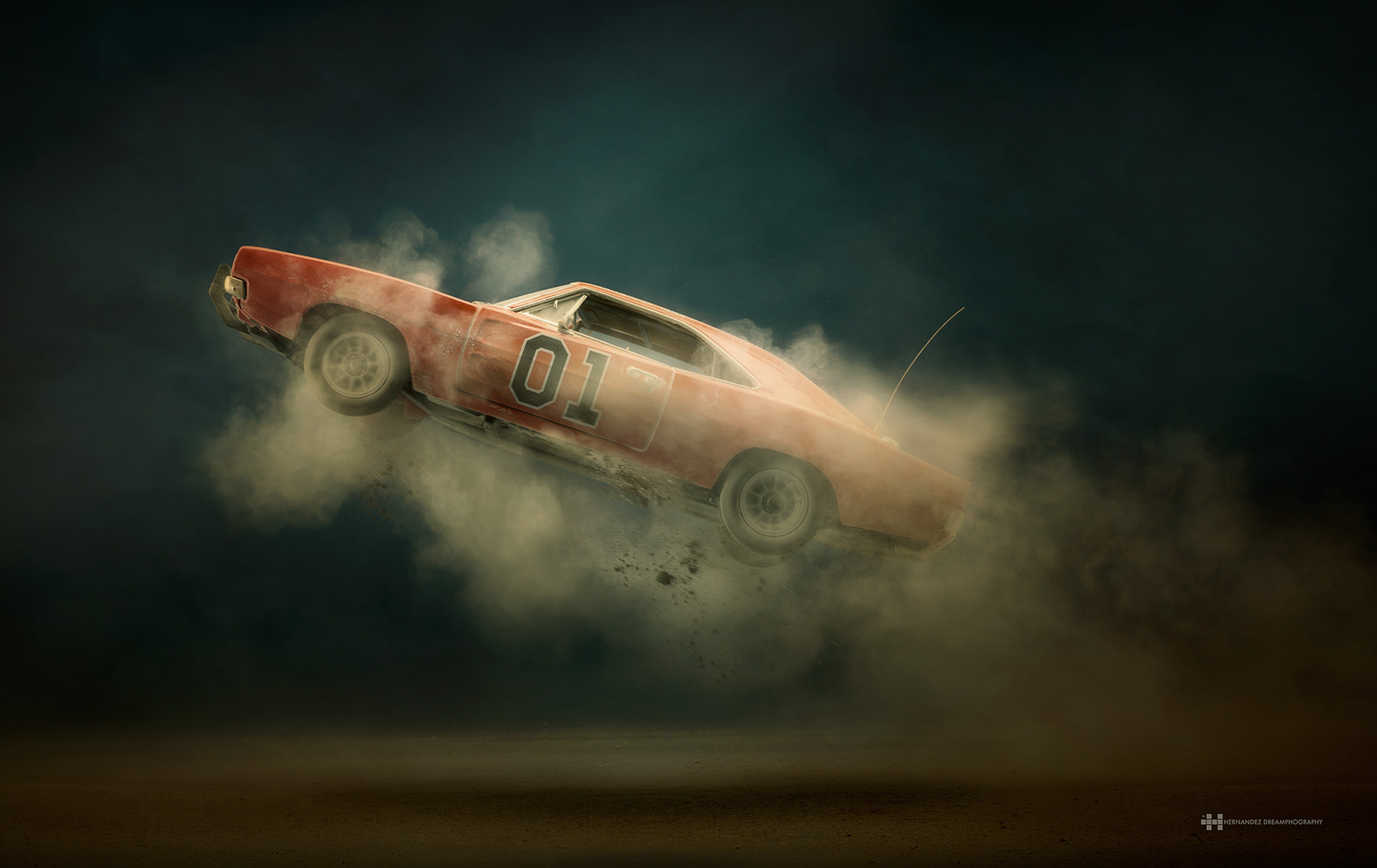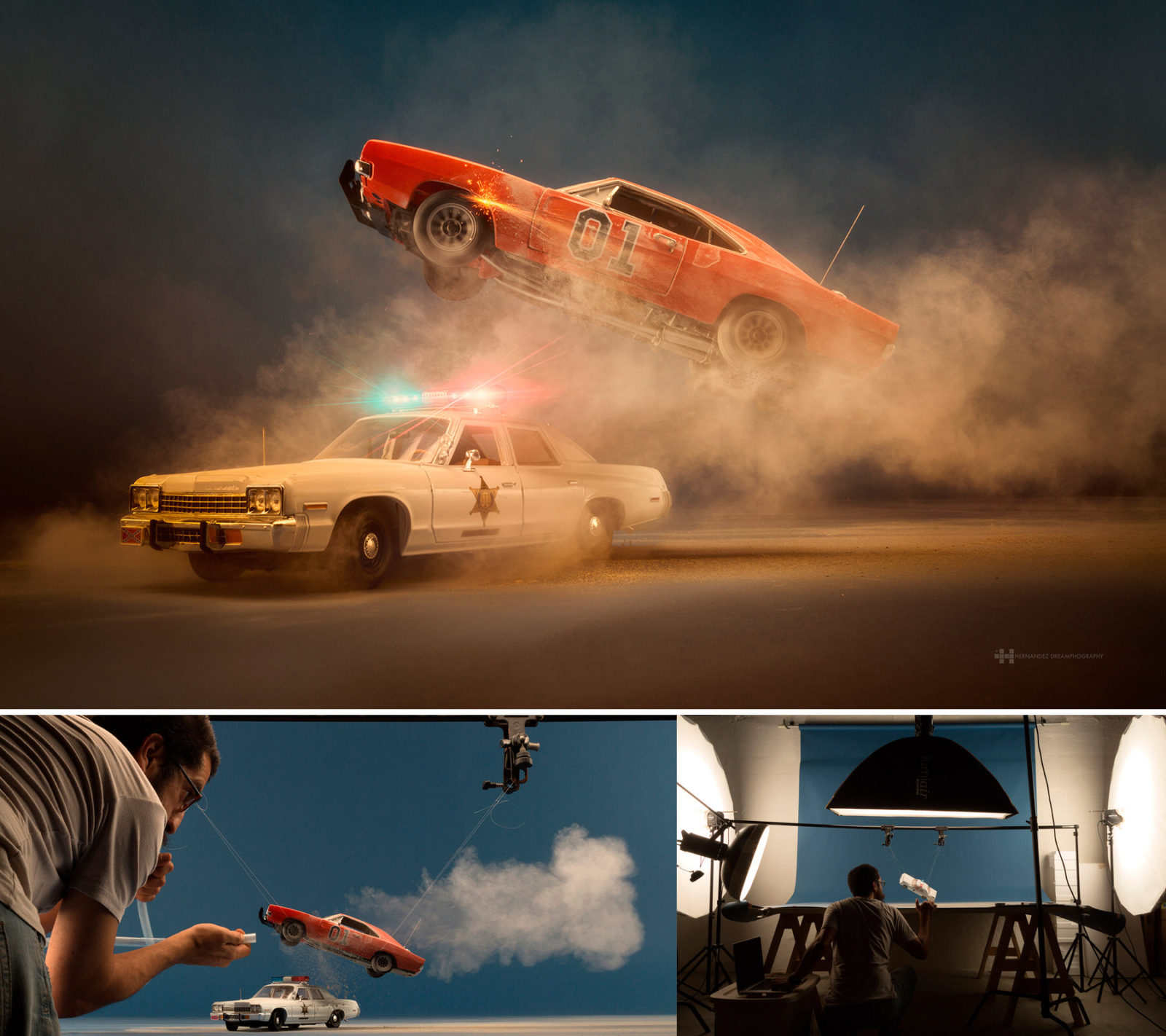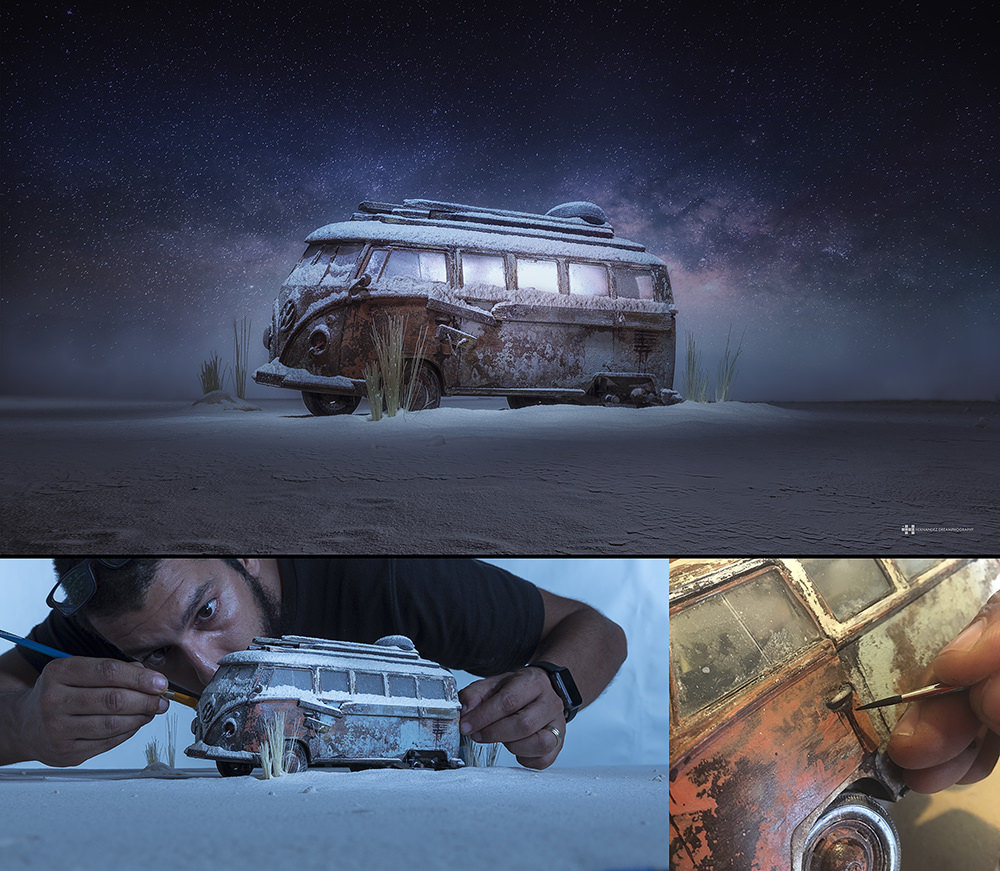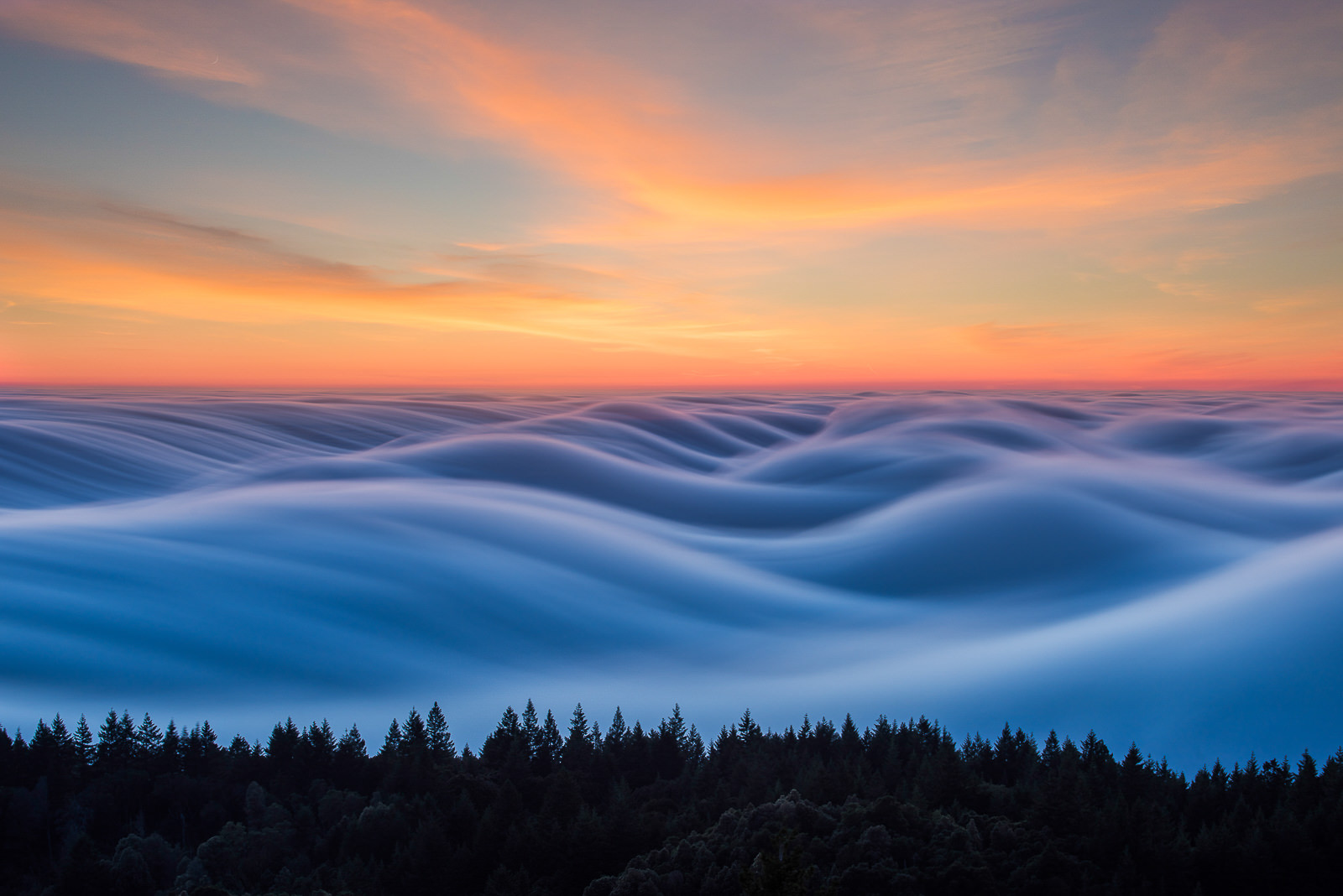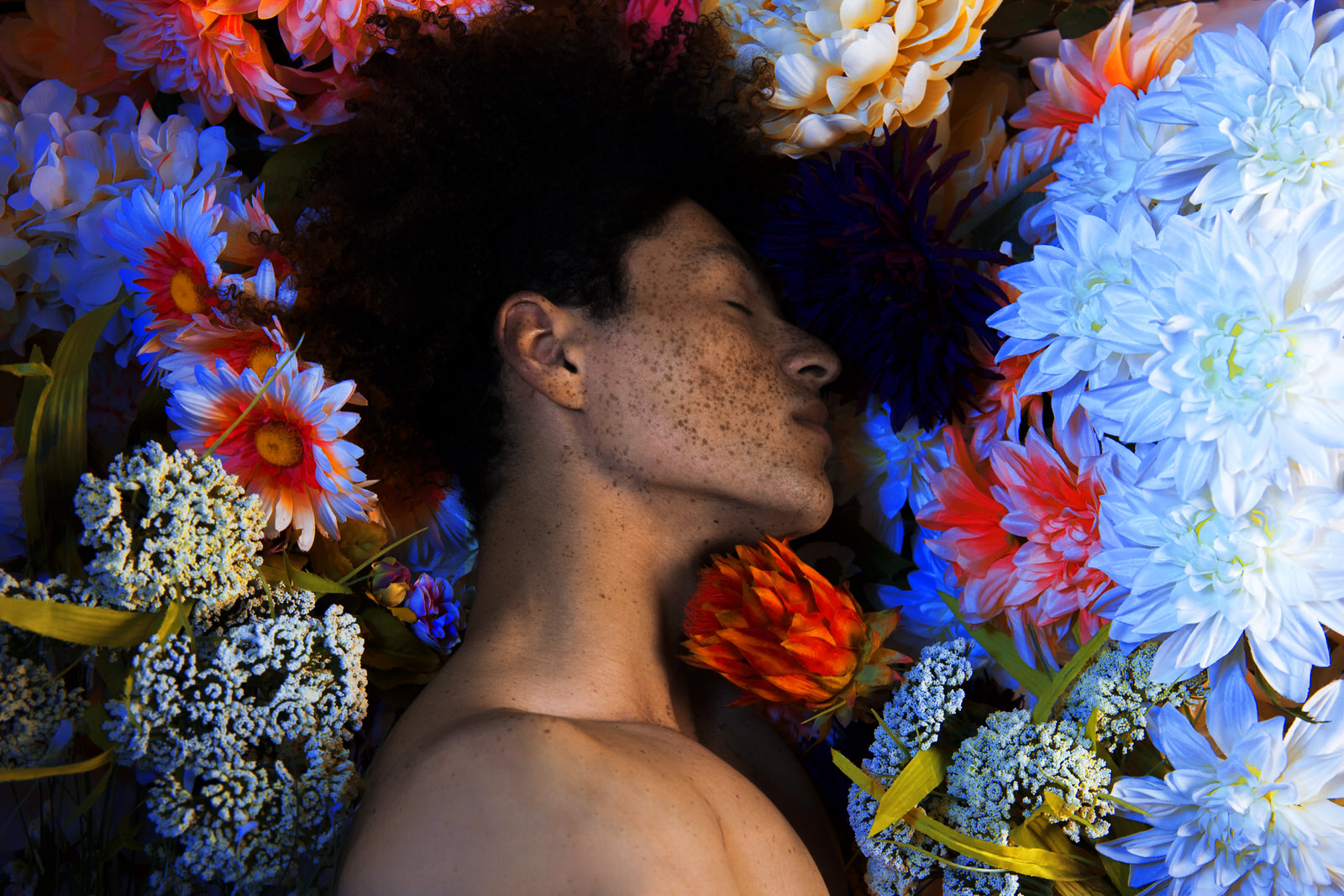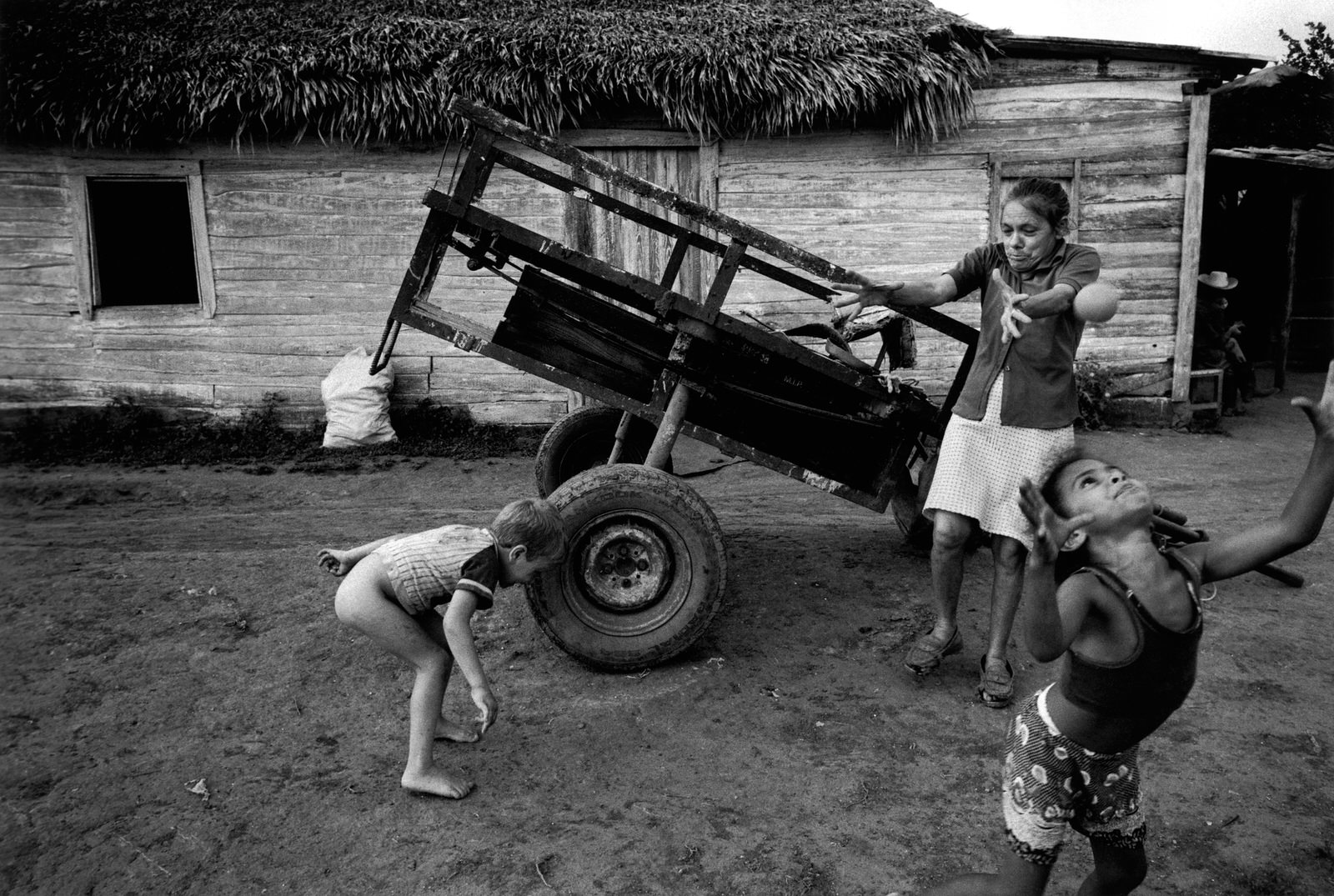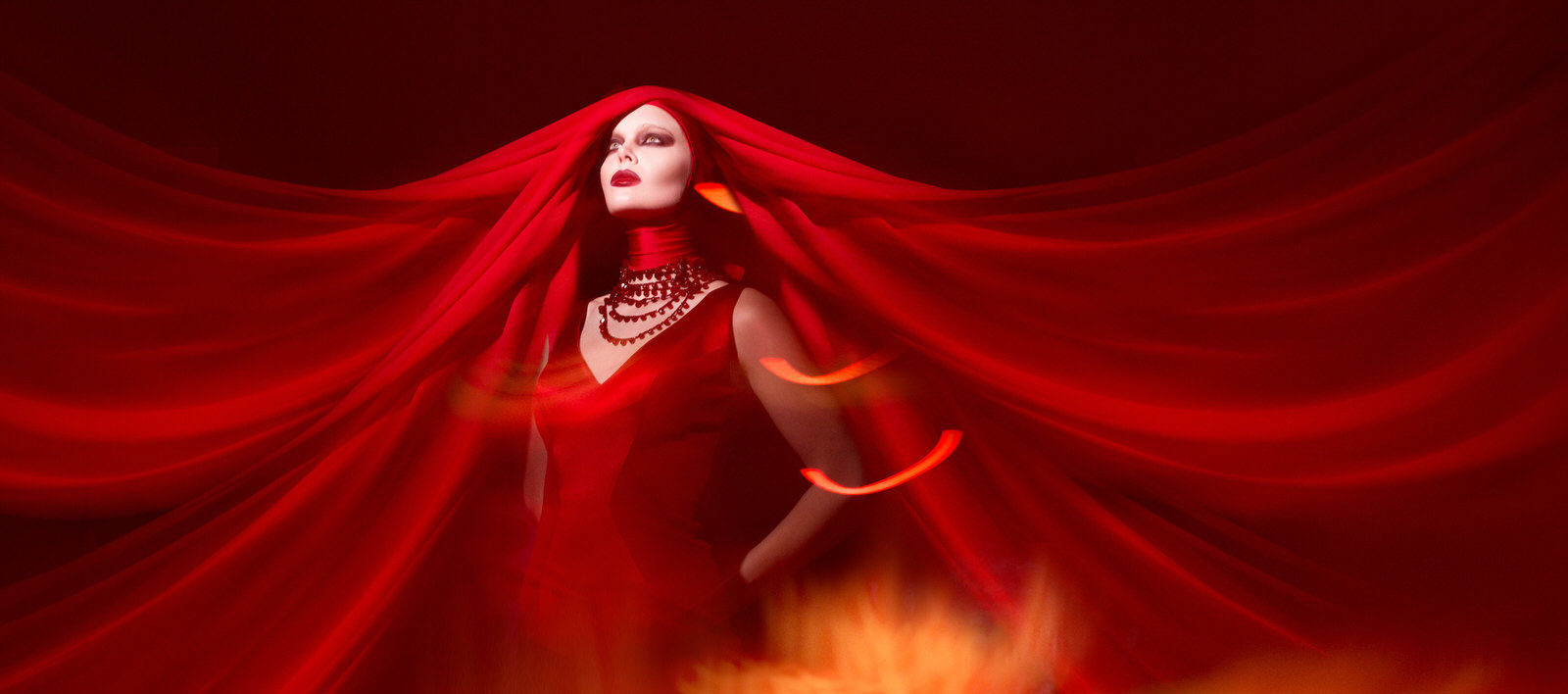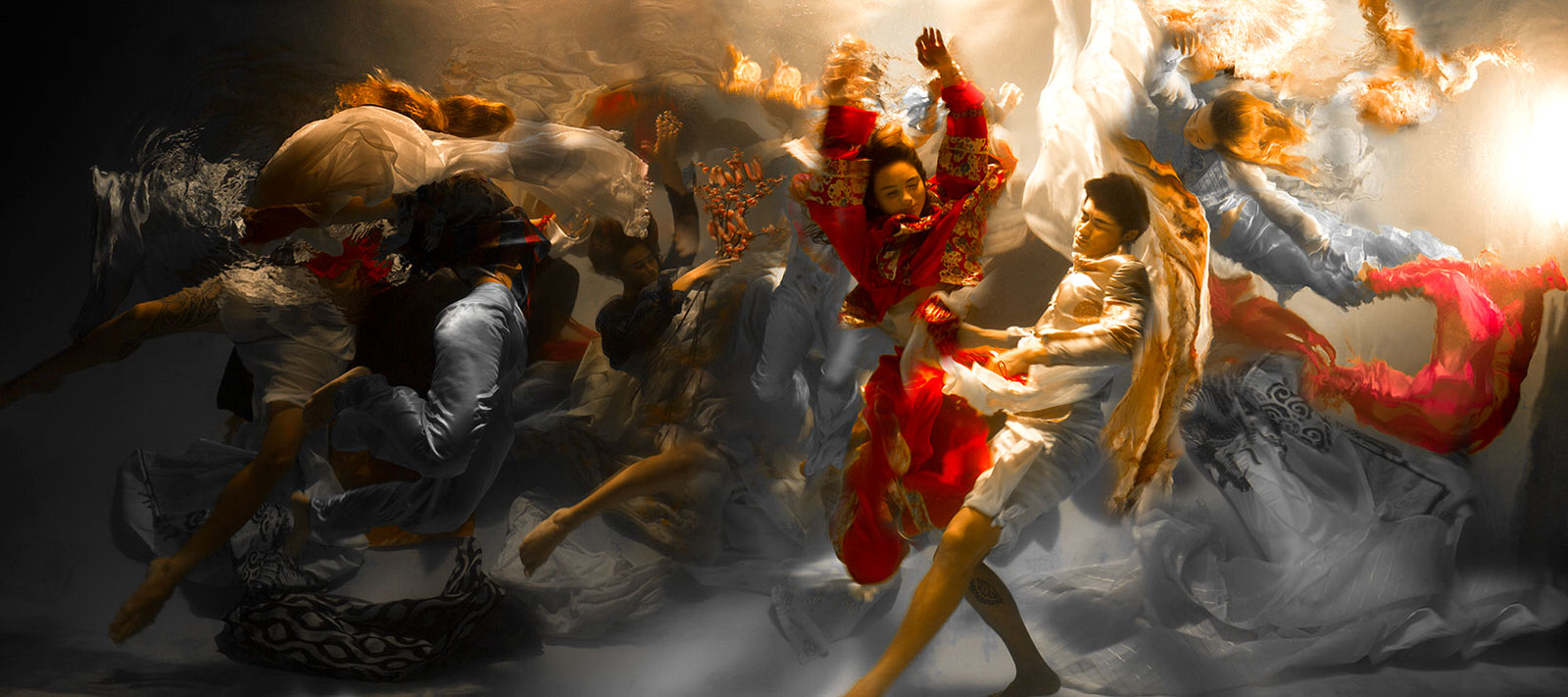
How to “Pre-program” Dreams to Develop a Concept with Felix Hernandez
Photographer and digital artist Felix Hernandez literally brings his dreams to life. His imaginative photos are largely inspired by his “pre-programmed” dreams, in which he has taught himself to bring his concepts into his dreams, where they develop into a more sincere portrayal of the artist and his work. We were lucky enough to talk to Felix about that, and about his technical process and what gets him fired up.
What’s the one quote that always fires you up?
If you cannot do great things, do small things in a great way.
–Napoleon Hill
Do you have any particular habits that are a part of how you begin your creative process?
Yes, almost all of my inspiration comes from my dreams. Years ago, I decided that I was going to use my sleep hours in a more “productive” way. So when I have an assignment or a personal project, I take that general idea into my dreams. These ideas reveal themselves in my dreams in many different ways.
Dreaming acts like a blender where you put in your hopes, your fears, your fantasies, etc. and they get mixed with your day-to-day and the concept you want to develop. So, the outcome of that idea is always going to be more sincere and reveal who you really are. This is key for an artist.
You can “pre-program” (not control) your dreams by saturating your mind with lots of info (research) over several days, then, when you go to sleep, you just have to think and tell yourself you want to dream about the particular concept you want to develop. Of course, you have to remember one or several dreams you have throughout the night. Remembering the dream is the most difficult part. But with some practice you will manage to remember them.
What do you do when you hit a wall during your creative process?
Normally, I would change to another project and then, hours later or days later, return to it. But sometimes it’s just a matter of breaking the wall, and that means not quitting; pushing yourself to the limits. Start writing what comes to your mind, anything, just what comes to your mind helps a lot. Then you start organizing and re-shaping those random thoughts and “voila,” just like magic it appears in front your eyes. Take a breath, try to approach from a different angle and keep trying.
For example, if you are at the studio or location shooting with four or five lights and something is not working, just turn off all your lights. Forget about all your lighting settings. Now, just turn on one light, change its angle, shoot and start building again from there. The same could apply to the model poses, or your framing / composition, etc.
What’s your favorite photo you’ve ever captured and why?
Hard to tell, but I think it’s Inner Journey. I wanted to do this image of an old, apparently abandoned car (VW minibus) in the middle of nowhere. The image is so simple in concept, yet tells you a story; a story that can be completed by the viewer and an image that is in our collective unconscious.
But further, I wanted to create this image using simple materials and the minimum amount of gear. I wanted to create a statement: that you don’t need tons of gear or a studio or a high-end camera, etc. to create a great image. What you need is imagination and hard work. So, the technical approach for this image was doing it using only an LED flash light, camera on tripod, a white wall, a scale model, some wheat flour and a table. Great images are not created with great gear but with great imagination.
What book would you recommend any creative person read?
I strongly recommend The Storyteller’s Secret by Carmine Gallo.
You can view more of Felix’s work on his website, or follow him on Instagram. For a look inside his gear bag, read Felix’s In the Bag post.


